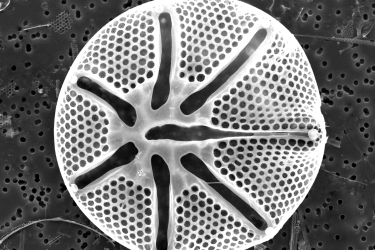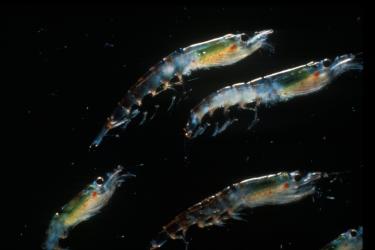In 2019, scientists boarded the Bell M. Shimada and took over 1900 environmental DNA (eDNA) samples across three of the four legs at sea on the Joint U.S.-Canada Integrated Ecosystem and Pacific Hake Acoustic Trawl Survey. Searching for small amounts of tissue and waste from target organisms such as Pacific hake, eulachon, and Pacific lamprey, the survey was the largest eDNA collection survey out of the Northwest Fisheries Science Center in both number of samples, as well as area and depth covered. For more information on the 2019 survey and eDNA, refer to these blog posts: eDNA Part 1: Welcome to Night Ops! and eDNA Part 2: There's a Lot of Water in the Sea - and the Chemistry Lab.
This year we extended the eDNA survey effort by collecting eDNA samples over the entire U.S. component of the geographic distribution of the acoustic trawl survey. What a task! In conjunction with ongoing oceanographic sampling at stations on the acoustic transect lines utilizing the CTD rosette, our scientists take water samples at multiple depths from the mounted Niskin bottles on the CTD per station. We then filter the samples in order to capture the cellular material suspended in the water. Once these samples are back in the lab on land, we will extract the DNA and quantify the amount of signal found from certain fish (such as hake) to help answer questions about where these fish are present within the survey area. Our samples can also be stored and used later on to answer questions on the presence and distribution of other organisms within the California Current Ecosystem. eDNA samples provide a valuable resource both in the moment, and for the future, when having extensive coverage of our oceans’ DNA signal could help us answer new questions about this dynamic system. By continuing to collect samples in 2021, we will be able to develop a crucial time series that will have all kinds of applications.
Our work wouldn’t be possible without the dedication and hard-work of the crew of the Shimada, and we are thankful for all they do to support our nighttime operations.
We also have some exciting new developments for this year’s survey we look forward to sharing with you in a future science blog, so stay tuned!




